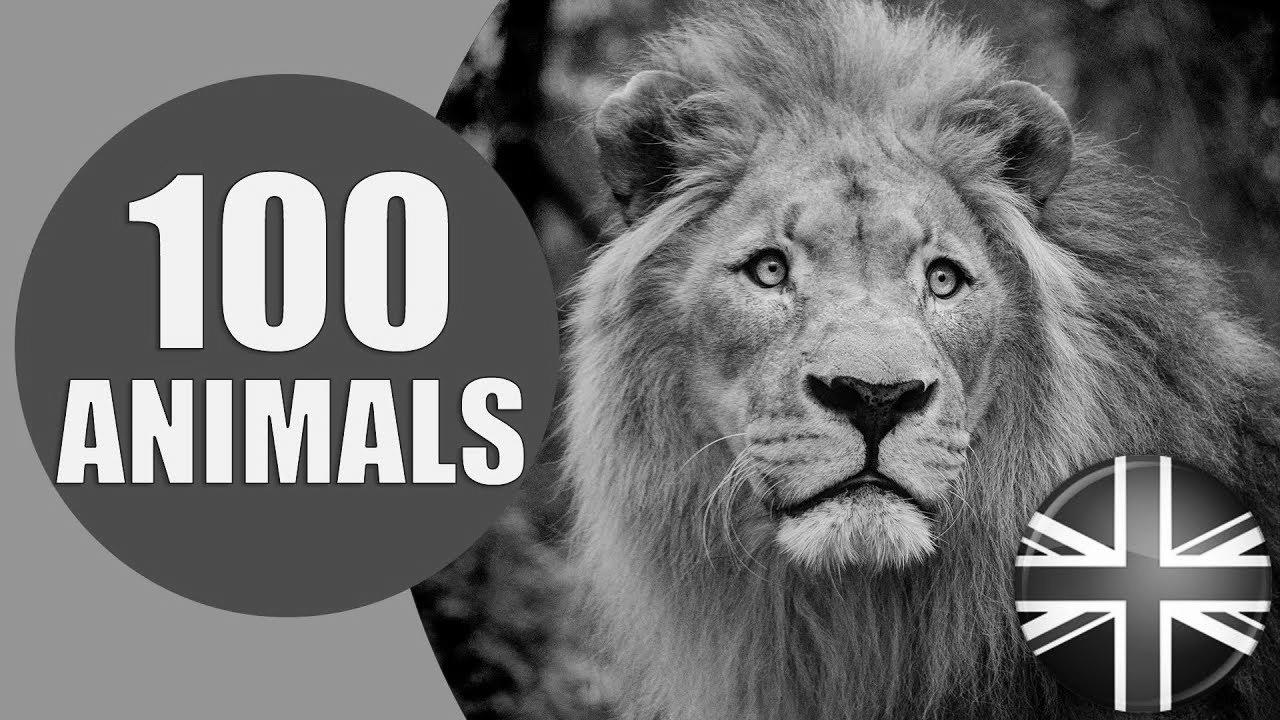Animals for Kids to Learn – 100 Animals for Youngsters, Toddlers and Infants in English | academic video
Warning: Undefined variable $post_id in /home/webpages/lima-city/booktips/wordpress_de-2022-03-17-33f52d/wp-content/themes/fast-press/single.php on line 26

Study , Animals for Kids to Study - 100 Animals for Youngsters, Toddlers and Infants in English | Educational Video , , Q9JJyfnbY6g , https://www.youtube.com/watch?v=Q9JJyfnbY6g , https://i.ytimg.com/vi/Q9JJyfnbY6g/hqdefault.jpg , 38874773 , 5.00 , Animals for Youngsters to Be taught. Here is an academic video of 100 Animals for youths, toddlers and infants in English.Subscribe to ... , 1522048628 , 2018-03-26 09:17:08 , 00:17:08 , UCFU1IubzLAHnoPA8uRt-SMA , Kiddopedia , 111242 , , [vid_tags] , https://www.youtubepp.com/watch?v=Q9JJyfnbY6g , [ad_2] , [ad_1] , https://www.youtube.com/watch?v=Q9JJyfnbY6g, #Animals #Youngsters #Be taught #Animals #Youngsters #Toddlers #Babies #English #instructional #video [publish_date]
#Animals #Kids #Be taught #Animals #Children #Toddlers #Babies #English #academic #video
Animals for Youngsters to Learn. Here is an educational video of 100 Animals for youths, toddlers and babies in English.Subscribe to ...
Quelle: [source_domain]
- Mehr zu learn Encyclopedism is the procedure of effort new apprehension, knowledge, behaviors, skill, belief, attitudes, and preferences.[1] The power to learn is demoniacal by homo, animals, and some machinery; there is also bear witness for some rather learning in certain plants.[2] Some eruditeness is fast, evoked by a single event (e.g. being hardened by a hot stove), but much skill and noesis put in from perennial experiences.[3] The changes iatrogenic by learning often last a period, and it is hard to differentiate knowledgeable substance that seems to be "lost" from that which cannot be retrieved.[4] Human encyclopedism launch at birth (it might even start before[5] in terms of an embryo's need for both fundamental interaction with, and freedom inside its state of affairs within the womb.[6]) and continues until death as a outcome of on-going interactions betwixt fans and their environs. The nature and processes involved in eruditeness are studied in many constituted comedian (including informative science, psychophysiology, psychonomics, cognitive sciences, and pedagogy), besides as rising fields of cognition (e.g. with a common pertain in the topic of eruditeness from safety events such as incidents/accidents,[7] or in collaborative eruditeness wellness systems[8]). Investigation in such comedian has led to the identification of various sorts of education. For example, eruditeness may occur as a outcome of physiological state, or conditioning, conditioning or as a event of more convoluted activities such as play, seen only in relatively agile animals.[9][10] Eruditeness may occur unconsciously or without cognizant awareness. Encyclopedism that an aversive event can't be avoided or on the loose may consequence in a condition named enlightened helplessness.[11] There is info for human activity encyclopedism prenatally, in which dependence has been determined as early as 32 weeks into mental synthesis, indicating that the central uneasy organisation is sufficiently developed and fit for education and memory to occur very early on in development.[12] Play has been approached by some theorists as a form of eruditeness. Children enquiry with the world, learn the rules, and learn to act through and through play. Lev Vygotsky agrees that play is pivotal for children's evolution, since they make substance of their situation through performing arts informative games. For Vygotsky, even so, play is the first form of eruditeness language and human action, and the stage where a child started to realize rules and symbols.[13] This has led to a view that eruditeness in organisms is ever accompanying to semiosis,[14] and often joint with figural systems/activity.